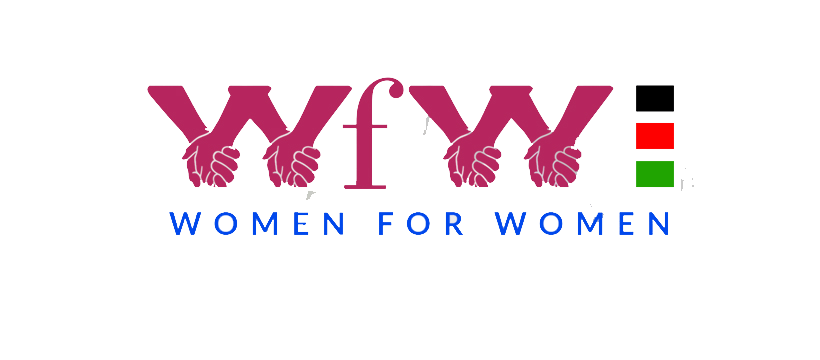World Health Organization (WHO) guidelines. However, I can provide you with general information on abortion procedures based on commonly practiced methods. It’s important to note that abortion laws and regulations can vary by country, so it’s essential to consult local healthcare providers or trusted sources in your region for the most accurate and up-to-date information.
The World Health Organization recognizes two primary methods of abortion: medication abortion (also known as medical abortion) and procedural abortion (also known as surgical abortion). Here’s a brief overview of each:
Medication Abortion:
- Medication abortion involves using medication to terminate a pregnancy. It is typically recommended for pregnancies within a certain gestational age, usually up to 10 weeks.
- The most commonly used medication for medication abortion is a combination of mifepristone and misoprostol. Mifepristone is usually taken first to block the hormone progesterone, which is necessary for maintaining pregnancy. Misoprostol is then taken to induce contractions and expel the pregnancy.
- Medication abortion is considered safe and effective, with success rates typically exceeding 95%. It can be done in a clinical setting or, in some cases, under the guidance of a healthcare provider through telemedicine.
Procedural Abortion:
- Procedural abortion involves a medical procedure to remove the pregnancy from the uterus. There are several types of procedural abortion methods, including aspiration (also known as suction or vacuum aspiration) and dilation and evacuation (D&E).
- Aspiration abortion is a common method used in the first trimester (up to around 12-14 weeks). It involves using suction to remove the pregnancy from the uterus.
- Dilation and evacuation (D&E) is typically performed in the second trimester (from around 14 to 24 weeks) and involves dilating the cervix and using instruments to remove the pregnancy.
- Procedural abortions are generally safe when performed by trained healthcare professionals in a clinical setting.
It’s important to emphasize that abortion procedures should be performed by qualified healthcare providers in a safe and legal setting to minimize risks and ensure proper care. If you are considering an abortion, I recommend reaching out to local healthcare providers, reproductive health clinics, or organizations that can provide accurate and appropriate information based on your specific circumstances




